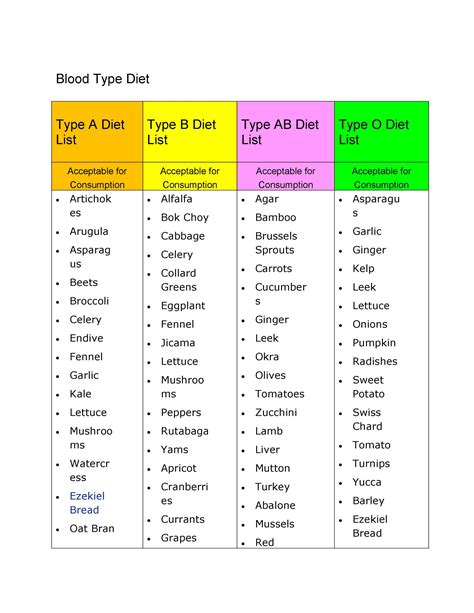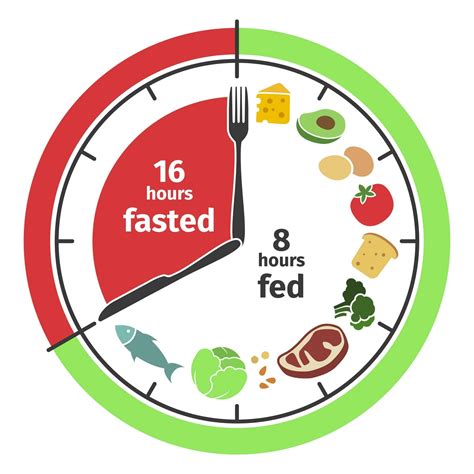Discover the benefits and challenges of a low-FODMAP diet, with guidelines and symptoms of FODMAP sensitivity. Learn how to understand and manage FODMAPs effectively.
Understanding FODMAPs
Contents
For those who suffer from digestive issues such as irritable bowel syndrome (IBS), understanding FODMAPs is essential for managing their symptoms. FODMAPs are a group of fermentable carbohydrates that can cause digestive discomfort in some individuals. These carbohydrates are found in a wide range of foods, including fruits, vegetables, grains, and dairy products.
When consumed, FODMAPs can draw excess water into the digestive tract, leading to bloating and discomfort. They can also be fermented by bacteria in the gut, resulting in gas and other symptoms of IBS. By understanding which foods are high in FODMAPs, individuals can make informed choices about their diet and reduce their symptoms.
Some common high-FODMAP foods include apples, pears, onions, garlic, wheat, and dairy products. While it may seem challenging to eliminate these foods from the diet, many people find relief from their digestive symptoms by following a low-FODMAP diet.
By limiting high-FODMAP foods and incorporating more low-FODMAP options, individuals can experience reduced bloating, gas, and abdominal discomfort. However, it’s important to consult with a healthcare professional or registered dietitian before starting a low-FODMAP diet, as it can be restrictive and require careful planning to ensure proper nutrition.
Symptoms of FODMAP Sensitivity
People with FODMAP sensitivity may experience a variety of symptoms, including digestive discomfort, bloating, gas, diarrhea, and constipation. These symptoms can be quite distressing and can significantly impact a person’s quality of life. Oftentimes, individuals with FODMAP sensitivity may also experience non-digestive symptoms, such as fatigue, headaches, and mood disturbances. These symptoms can be chronic and persistent, leading to ongoing discomfort and distress for those affected.
Furthermore, FODMAP sensitivity may exacerbate existing gastrointestinal conditions, such as irritable bowel syndrome (IBS) and inflammatory bowel disease (IBD). This can lead to more frequent and severe symptoms, making it even more challenging for individuals to manage their condition effectively.
It’s important to note that the symptoms of FODMAP sensitivity can vary widely from person to person. Some individuals may experience only mild symptoms, while others may have more severe and debilitating symptoms. Additionally, symptoms may fluctuate over time, making it difficult for individuals to predict when they will experience discomfort or distress.
Identifying and understanding the various symptoms of FODMAP sensitivity is crucial for effective management and treatment. By recognizing the signs of FODMAP sensitivity, individuals can take proactive steps to modify their diet and lifestyle in order to alleviate their symptoms and improve their overall well-being.
In conclusion, the symptoms of FODMAP sensitivity can have a significant impact on an individual’s physical and emotional health. By raising awareness of these symptoms and their potential effects, individuals can take the necessary steps to address their FODMAP sensitivity and improve their quality of life.
Low-FODMAP Diet Guidelines
Low-FODMAP Diet Guidelines
When following a low-FODMAP diet, it’s important to understand which foods are high in FODMAPs and should be avoided. These include certain fruits like apples, pears, and watermelon; vegetables such as onions, garlic, and cauliflower; dairy products like milk and yogurt; as well as certain grains and sweeteners. It’s essential to carefully read food labels and familiarize yourself with the FODMAP content of different foods.
It’s also crucial to introduce low-FODMAP alternatives into your diet. This includes incorporating fruits and vegetables that are low in FODMAPs, such as bananas, blueberries, and spinach, as well as opting for lactose-free or plant-based milk. Additionally, choosing gluten-free grains like rice, oats, and quinoa can help in maintaining a low-FODMAP diet.
When planning meals on a low-FODMAP diet, it’s important to create a well-balanced and varied menu. This can involve meal prepping and experimenting with recipes to ensure a good mix of nutrients and flavors. It’s also important to pay attention to portion sizes and the overall composition of your meals, as some foods may be well tolerated in smaller quantities. Eating smaller, more frequent meals rather than large servings can also help in managing FODMAP intake.
It’s crucial to be mindful of potential hidden sources of FODMAPs, especially when dining out or consuming packaged or processed foods. Many sauces, dressings, and condiments contain high-FODMAP ingredients, so it’s important to inquire about ingredients or opt for simple alternatives like olive oil and lemon juice. Additionally, it’s important to be aware of potential cross-contamination in food preparation, especially in restaurants and food establishments.
Lastly, it’s important to note that while a low-FODMAP diet can be beneficial for individuals with FODMAP sensitivity, it’s essential to seek guidance from a healthcare professional or a registered dietitian to ensure that the diet is balanced, sustainable, and meets individual nutritional needs. They can provide personalized recommendations and support to help navigate the challenges and reap the benefits of a low-FODMAP diet.
Benefits of Low-FODMAP Diet
One of the key benefits of following a low-FODMAP diet is the potential relief from gastrointestinal symptoms such as bloating, gas, and diarrhea. This is especially important for individuals with irritable bowel syndrome (IBS) or other digestive disorders. By eliminating high-FODMAP foods from their diet, many people experience a reduction in symptoms and an overall improvement in their digestive health.
Another benefit of the low-FODMAP diet is the potential for improved energy levels and overall well-being. Many people who suffer from digestive issues also experience low energy and mood disturbances. By removing certain high-FODMAP foods from their diet, individuals may experience less fatigue, improved mood, and an overall sense of well-being.
In addition, following a low-FODMAP diet can lead to a greater awareness of food choices and an increased understanding of personal dietary triggers. By participating in the elimination and reintroduction phases of the diet, individuals can gain insight into which specific high-FODMAP foods may be causing their symptoms. This can empower them to make more informed decisions about their diet and lead to a greater sense of control over their digestive health.
Furthermore, some studies have suggested that the low-FODMAP diet may have potential long-term health benefits beyond just symptom relief. By reducing inflammation and improving gut health, the diet may have positive effects on overall health and wellness. While more research is needed in this area, it is an intriguing aspect of the diet that deserves further exploration.
Overall, the benefits of the low-FODMAP diet can include relief from digestive symptoms, improved energy and mood, greater awareness of dietary triggers, and potential long-term health benefits. However, it’s important for individuals to work with a healthcare professional or registered dietitian to ensure that they are following the diet safely and effectively.
Challenges of Following Low-FODMAP Diet
Following a Low-FODMAP Diet can be quite challenging for many individuals, especially in the beginning stages of the diet. One of the main challenges is the restrictive nature of the diet, as it requires the elimination of a wide range of foods that are known to be high in FODMAPs. This can make it difficult to find meal options that are both satisfying and safe for consumption.
Another challenge is the need for careful meal planning and preparation. Since the diet requires strict adherence to low-FODMAP foods, individuals need to spend more time reading food labels, researching recipes, and planning their meals in advance. This can be time-consuming and overwhelming, especially for those with busy schedules.
Additionally, eating out at restaurants or social gatherings can be a major challenge for individuals following a Low-FODMAP Diet. Many restaurants and social events do not offer low-FODMAP options, making it difficult for individuals to stick to their dietary restrictions. This can lead to feelings of isolation and frustration.
Furthermore, many individuals may experience psychological challenges while following a Low-FODMAP Diet, such as anxiety and stress related to the strict dietary restrictions and the fear of experiencing symptoms if they accidentally consume high-FODMAP foods. This can have a significant impact on their overall quality of life and emotional well-being.
In conclusion, following a Low-FODMAP Diet comes with a unique set of challenges that can make it difficult for individuals to maintain the diet long-term. However, with proper support, education, and planning, these challenges can be overcome, and individuals can experience the potential benefits of the diet in managing their symptoms of FODMAP sensitivity.












